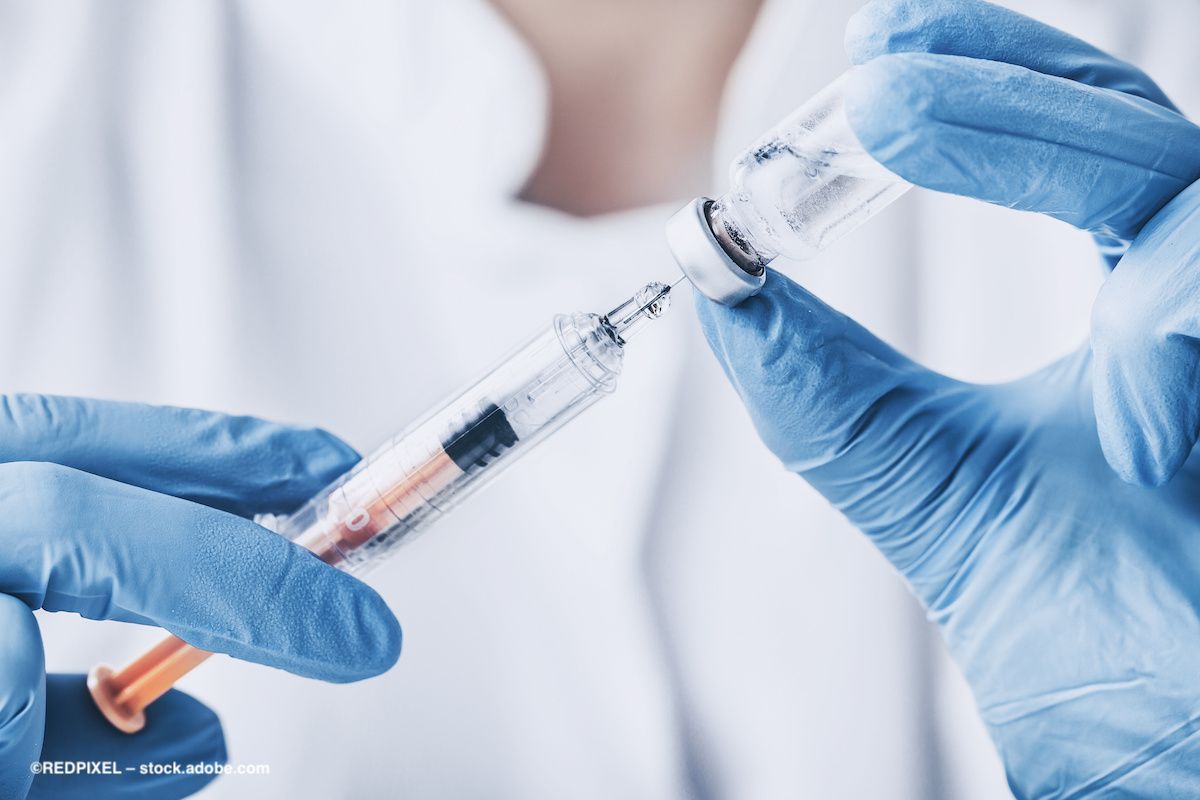Severe visual loss in patients with neovascular AMD treated with anti-VEGF therapy related to central macular thickness
While these injections are the standard treatment for this patient population, the investigators found a subgroup of patients who had severe visual loss between 2 consecutive intravitreal injections.
Researchers called it the "first real-life study that explored severe visual loss during anti-VEGF treatment in patients with nAMD." Image credit: ©REDPIXEL – stock.adobe.com

Italian researchers from the Eye Clinic, Azienda Ospedaliero-Universitaria Policlinico, University of Bari, Bari, Italy, reported that severe vision loss can occur often in patients with neovascular age-related macular degeneration (nAMD) between 2 consecutive intravitreal injections of anti-vascular endothelial growth factor therapy.1
While these injections are the standard treatment for this patient population, the investigators, led by Maria Oliva Grassi, MD, found a subgroup of patients who had visual loss of 15 or more Early Treatment Diabetic Retinopathy Study (ETDRS) letters between 2 consecutive intravitreal injections.
The investigators undertook a retrospective observational study that included patients treated for nAMD from December 2017 to March 2021. All patients underwent measurement of the best-corrected visual acuity and central macular thickness, optical coherence tomography, and OCT angiography before every intravitreal injection and central macular thickness. The investigators also evaluated the anti-VEGF drugs used.
During the study period, 1,019 eyes had been treated and severe visual loss occurred in 15.1% after a median of 6 injections (range, 1–38). The patients had been treated with ranibizumab (Lucentis, Genentech Inc.) in 52.8% of cases and aflibercept (Eylea, Regeneron Pharmaceuticals) in 31.9% of cases.
The study showed that functional recovery after 3 months was significant, without further improvement at 6 months. “The visual prognosis relative to the percentage of the change in the central macular thickness showed better visual outcome in eyes with no substantial change in the central macular thickness compared with an increase of great than 20% or a decrease of more than 5%,” they said.
Grassi and colleagues concluded, “In this first real-life study that explored severe visual loss during anti-VEGF treatment in patients with nAMD, it was not unusual for a 15 or greater ETDRS letter loss to occur between two consecutive intravitreal injections, often within 9 months of diagnosis and 2 months after the last intravitreal injection. Close follow-up and a proactive regimen should be preferred, at least in the first year.”
Reference
Grassi MO, Monteleone G, Pozharitskiy N, et al. Severe visual loss during anti-VEGF intravitreal injections in neovascular age-related macular degeneration: timing, prognosis, and optical coherence tomography findings. Retina 2023;43:1081-1087; 2023; doi:10.1097/IAE.0000000000003774
